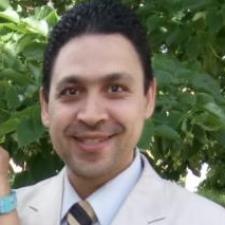
Abdalla Zanouny I. answered • 08/19/19
PhD with experience in Biostatistics
To answer your question first I need to remind you that in many statistical tests (experiments) 0.05 is used as as the significance cutoff and that we consider whatever is below 0.05 to be significant. However, this 0.05 threshold also means that you might detect false positive (type I error) 5% percent of the time. So f you conduct only one test you expect a 5% chance of getting a false positive, but if you conduct a million tests then you'd expect that 50,000 might be false positives, which is a lot. For example, in the case of genome-wide research studies, where you have numerous numbers of SNPs/genes, the number of expected false positive increases. To correct for this type of error you need to make the p-value smaller than 0.05 by dividing 0.05/the number of tests (SNPs) . Check Bonferroni correction.




